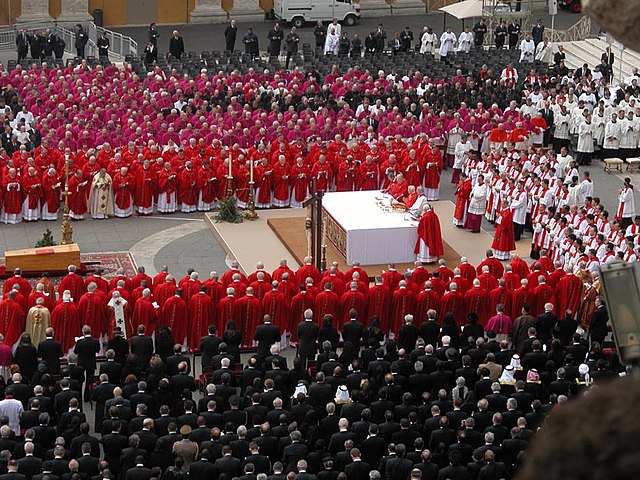The Davis Museum opened its doors for the fall semester on Sept. 15, marking its first opening celebration since prior to its closure in March 2020. With the COVID-19 safety precautions last year there was no way — even after the museum had opened up beyond the College community to welcome all visitors — that such a gathering would have been held. With the relaxation of these policies at the beginning of this academic year, the Davis was able to hold a more formal celebration, which its staff and Wellesley students welcomed with open arms.
Starting at 5 p.m., WZLY DJed outside as students, faculty and community members chatted and enjoyed hors d’oeuvres at the tent in the courtyard. With the jovial atmosphere and the excitement of the Davis staff, one would have no idea how difficult the installation of the current special exhibitions was. Just hours prior to opening, Mark Beeman, the manager of exhibitions and collections preparation, and Sarina Kahn-Reddy, the media specialist, were placing the finishing touches on everything.
At 6 p.m., Lisa Fischman, the Ruth Gordon Shapiro ’37 director, gave praise and thanks to those who made the re-opening possible in her opening remarks. She informed visitors of the 15-minute tours from 6:30 to 7:30 that would visit all of the special exhibitions open this fall. She ended with the announcement of the upcoming heating, ventilation and air conditioning (HVAC) renovations that will have the museum closed from January 2023 until Spring 2024. These renovations are essential to the preservation of the works in the collection, though the timing is unfortunate since the museum had only reopened in Spring 2022.
Students who have not visited the Davis yet, or want to visit again, should be sure to stop by from now until Dec. 18. The current special exhibitions are more than worth an afternoon’s visit, and even if you have visited before, some of the permanent collection on display has changed.
The first is Maori artist Lisa Reihana’s “In Pursuit of Venus [Infected].” It is a video installation on the Lower Level of the museum that appropriates and transgresses the imagery present in the early 19th century wallpaper “Les Sauvages de la Mer Pacifique.” Here, Reihanar centers the Indigenous perspective on colonial contact with Pasifika peoples. The video is projected onto the wall through 5 projectors. It travels from right to left across the screens, yet different scenes are shown simultaneously. This is to favor a Maori conception of a nonlinear passage of time, which formally centers the Indigenous perspective, as well as disrupts the Western historical canon of these events. The result is a surreal viewing experience as sound and visuals travel around you.
On the second floor are three other incredible exhibitions. The first is “Freedom of Expression: African American Printmakers Abroad,” which was curated by Heather Hughes, the former Kemper assistant curator of academic affairs and exhibitions, as well as the Davis’ 2021 summer interns Chloe Pearce ’21, Grey Devlin ’22, Kay Bobb ’23 and Uttkantha Sindhwani ’22. It explores the works of various Black American artists in the early 20th century and the advancements they made to their practice through living and studying abroad.
The second exhibition is “Telling Time: Recent Acquisitions,” curated by Dr. Amanda Gilvin, Sonja Novak Koerner ’51, a senior curator and the assistant director of curatorial affairs. Using works that have entered the collection within the last five years, Dr. Gilvin explores how the historical narrative of art, as well as the narratives behind Wellesley and the field of museums, are shifting in response to current understandings of decolonization. The works vary in size, medium and subject matter, but are still able to address the overarching theme of the exhibition.
The final special exhibition is “Gold, Glass and Pearls,” which exhibits ancient Mediterranean jewelry from both the Davis collection and Clapp Special Collections. It was curated by Nicole Berlin, the assistant curator of collections, and explores the stories of the jewelry’s creation as well as their usage. Through the use of 3D scanning, there are scans that allow for a 360-degree view of the objects as well as 3D printed copies of some of the jewelry that can be handled by visitors.
In addition to these special exhibitions, there have been changes to the other galleries. On every floor there have been objects swapped out for other pieces in the permanent collections, so even if you have visited before, there are new connections to be made between what is currently on display.






